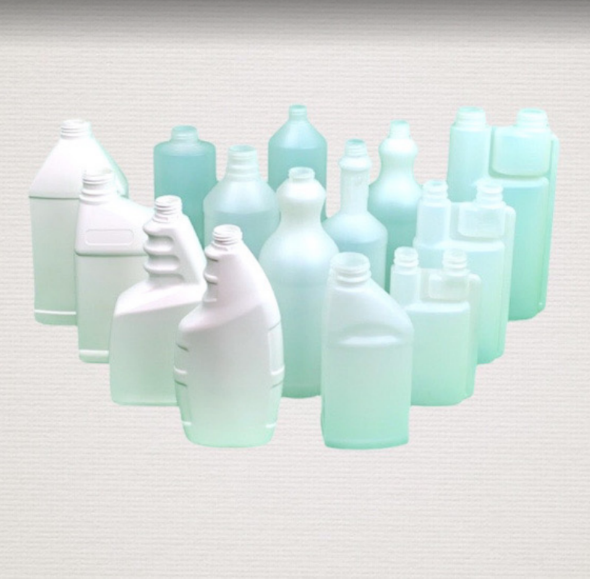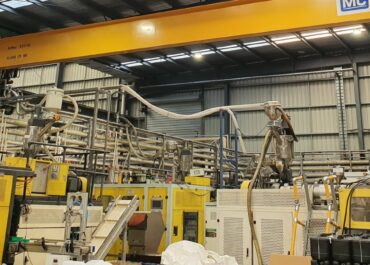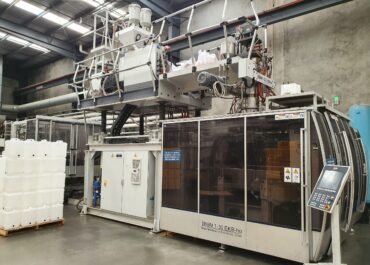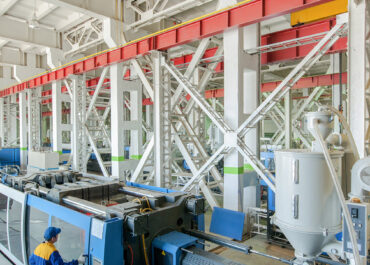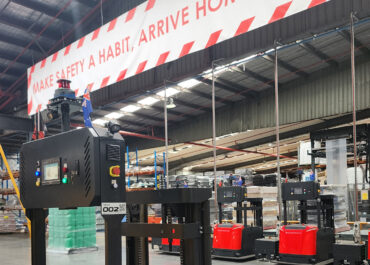When it comes to plastic packaging, choosing the right material is essential for ensuring product safety, sustainability and cost-effectiveness. Two of the most widely used materials in the packaging industry are HDPE plastic (High-Density Polyethylene) and PET (Polyethylene Terephthalate). While both are classified as recyclable plastics, they differ in performance, recyclability and suitability for various industries. At A&J Australia, we’ve spent decades perfecting the art of packaging and manufacturing. Let us help guide you to the right choice for your manufacturing needs.
Strength & Durability
HDPE plastic is renowned for its high strength-to-density ratio. It’s a rigid and impact-resistant material, making it ideal for packaging that needs to withstand pressure, such as chemical containers, motor oils and cleaning products. Its excellent stress-crack resistance ensures long-term durability, even in harsh environments.
PET, on the other hand, is known for its clarity and lightweight nature. While PET is strong, it’s more prone to cracking under heavy loads or repeated use. This makes it better suited for packaging that’s used once and discarded, such as bottled beverages and some food containers. For applications requiring robust performance, HDPE clearly stands out as the more reliable option.
Food Safety & Chemical Resistance
Both HDPE and PET are approved for food contact, but HDPE has an edge when it comes to versatility. It’s highly resistant to chemicals, making it suitable for storing not just food, but also industrial products, detergents and pharmaceuticals. Its opaque nature also protects light-sensitive contents, which is important in many food and chemical applications.
PET’s main advantage lies in its transparency, making it a favourite for packaging products that benefit from visual appeal, such as juices or cosmetics. However, PET is less resistant to high temperatures and certain chemicals, which can limit its use in more demanding packaging scenarios.
Recyclability & Environmental Impact
Both HDPE and PET are recyclable plastics, but HDPE is generally considered easier and more cost-effective to recycle. It’s widely accepted by recycling facilities across Australia and can be reprocessed into a variety of products, including piping, plastic lumber and new containers.
PET is also recyclable, but contamination and limited recycling infrastructure can make it less efficient in practice. HDPE’s recyclability makes it a more sustainable long-term choice for businesses looking to reduce their environmental footprint.
Industry Applications
HDPE plastic is the preferred material across a wide range of industries, including:
- Chemical & Industrial Packaging – Thanks to its chemical resistance and strength.
- Food & Beverage – Especially for milk jugs, oil containers and food storage tubs.
- Pharmaceutical & Healthcare – For secure, hygienic packaging.
- Agricultural & Automotive – For durable, heavy-duty applications.
PET, while still useful, is mainly used in:
- Beverage Bottling – Due to its clarity and light weight.
- Cosmetics & Toiletries – Where product visibility is key.
- Lightweight Food Packaging – Such as salad containers and pre-packaged snacks.
Contact A&J Australia Today
With decades of experience in the packaging industry, A&J Australia understands the importance of choosing the right material when it comes to HDPE vs PET. Whether you’re in the food, chemical or healthcare industry, HDPE offers the reliability and recyclability that modern businesses demand.
Call A&J Australia on (03) 9318 0886 to learn more about our HDPE plastic products and how we can support your business.

